Analysis of Domestic Rebar Demand Based on Pearson Correlation Coefficient and XGBoost Model
DOI: 10.23977/nasc.2022.010101 | Downloads: 18 | Views: 3216
Author(s)
Junshan Huang 1, Longfei Lu 1, Hongzhi Chen 1, Yan Liang 2
Affiliation(s)
1 School of Computer, Guangdong University of Petrochemical Technology, Maoming, Guangdong, China
2 School of Science, Guangdong University of Petrochemical Technology, Maoming, Guangdong, China
Corresponding Author
Yan LiangABSTRACT
Rebar is one of the largest steel products in China. Rebar is widely used in building, bridge, road and other civil engineering construction. It is an indispensable structural material for infrastructure construction. To grasp the demand dynamics of rebar in the market reasonably and effectively has great significance in practice. The prediction of rebar demand is conducive to deepening the supply-side structural reform of the rebar industry, as well as improving the supply and demand situation, and alleviating the overcapacity situation of the rebar industry. The investment strategy of rebar futures can be adjusted according to the prediction results of rebar demand. Many factors affect the demand of the rebar market. To accurately predict the demand of rebar, this paper will first preprocess the sample data and standardize the deviation. Then XGBOOST model is adopted to integrate multiple base decision trees. Since the decision tree has the characteristics of nonlinear fitting, it can accurately predict the demand of rebar and provide an effective method to solve the long-term backward construction foundation recommendation in China.
KEYWORDS
Demand for rebar, PEARSON correlation, Gaussian distribution, XGBoost modelCITE THIS PAPER
Junshan Huang, Longfei Lu, Hongzhi Chen, Yan Liang, Analysis of Domestic Rebar Demand Based on Pearson Correlation Coefficient and XGBoost Model. Numerical Algebra and Scientific Computing (2022) Vol. 1: 1-8. DOI: http://dx.doi.org/10.23977nasc.2022.010101.
REFERENCES
[1] Zhang G.Q., Patuwo B.E., Hu M.Y. Forecasting with artificial neural networks: The state of the art. International Journal of Forecasting, 1998, 14 (1): 35-62. [doi:10.1016/S0169.2070(97)00044-7].
[2] Martinez A., Schmuck C., Pereverzyev Jr. S., et al. A machine eaming framework for customer purchase prediction in the non-contractual setting. European Journal of Operational Research, 2020, 281 (3): 588-596. [doi:10.1016/j.ejor.2018.04.034].
[3] Zhou Xiaoxi, Xu Xing, Meng Jianfei, et al. Research progress of clothing sales forecasting methods. The needle 2020, (3), 68-72. [doi: 10.3969/j.issn.1000-4033.2020.03.017].
[4] Frank C., Garg A., Sztandera L.M., et al. Forecasting women's apparel sales using mathematical modelling. International Journal of Clothing Science and Technology, 2003, 15 (2): 107-125. [doi:10.1108/09556220310470097].
[5] Wang Huaqiang, Hu Ping, Li Haibo. Iga-bp network model for silicon content in molten iron of blast fur nace Application in quantity prediction. Journal of Hefei University of Technology (Natural Science) 2007, 3 0( 4): 413-415, 427.
[6] Li Guoliang, Li Zhongfu, Xie Hongtao, et al. Wavelet deities based on IGA-BP algorithm Network model and application. Systems Engineering, 2012, 30 (10): 112-117.
[7] CHENTQ, GUESTRINC. XGBoost: A Scalable Tree Boosting System. arXiv: 1603.02754 [cs.LG]. (2016-03-09). https://arxiv.org/abs/1603.02754.
[8] Du Xiaoxu, A Face Recognition Based on Boosting Algorithm. Hangzhou: Zhejiang University, 2006.
[9] Yang Guotian, Wu Zhangxian, Yang Pengyuan. Boosting application in Fire Recognition. Computer engineering and applications, 2010, 46 (5): pp.200-204.
[10] Zhou ji, Chen dewang. Application chine learning to train precise parking problem. The computer industry Process and applications, 2010, 46 (25): pp.226-230.
[11] 360 encyclopedia, deformed rebar bar, https://baike.so.com/doc/1212183-1282274.html, 2020-11-28.
[12] Zhang deran. Test method of outliers in statistical data. Statistical research, 2003, 20 (5): 53-55.
[13] Chen T., He T., Benesty M. xgboost: Extreme Gradient Boosting. 2016, 5 (9): 222-208.
[14] Wu Lichun. Research on Fault Diagnosis Algorithm based on Genetic Neural Network [Master degree]. Shenyang: Liaoning University, 2012.
[15] Chester Curme, Tobias Preis, H. Eugene Stanley, et al. Quantifying the semantics of search behavior before stock market moves. Proceedings of the National Academy of Sciences of the United States of America, 2014, 111 (32): 11600-11605.
| Downloads: | 53 |
|---|---|
| Visits: | 6138 |
Sponsors, Associates, and Links
-
International Journal of Power Engineering and Engineering Thermophysics
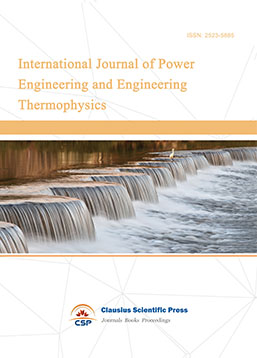
-
Journal of Physics Through Computation
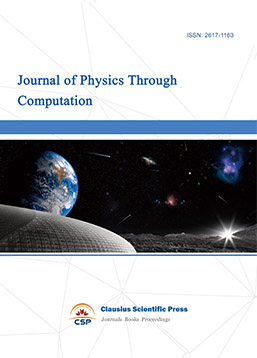
-
Transactions on Particle and Nuclear Physics
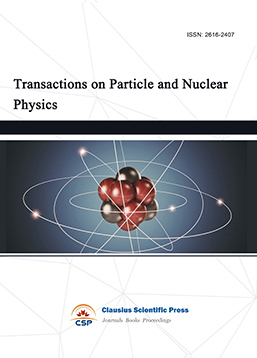
-
Journal of Probability and Mathematical Statistics
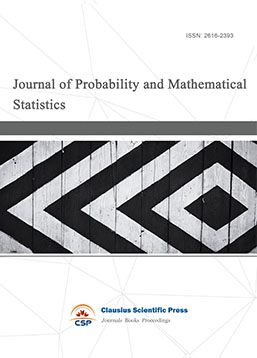
-
Multibody Systems, Nonlinear Dynamics and Control
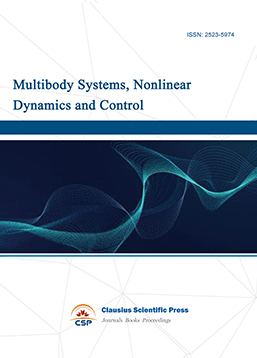
-
Complex Analysis and Geometry
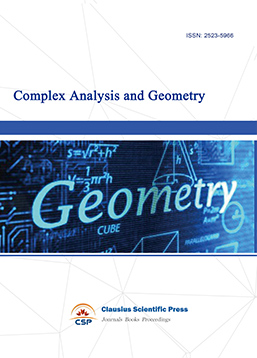
-
Dynamical Systems and Differential Equations
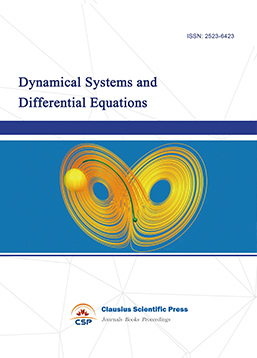
-
Acoustics, Optics and Radio Physics
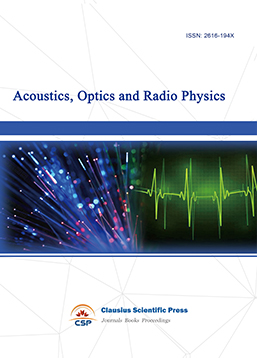
-
Progress in Atomic and Molecular Physics
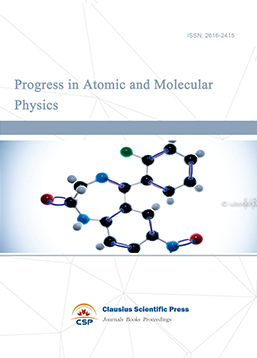
-
Transactions on Condensed Matter Physics
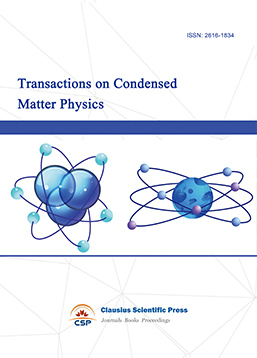
-
Transactions on Computational and Applied Mathematics
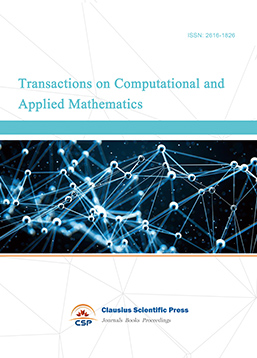
-
Progress in Plasma Physics
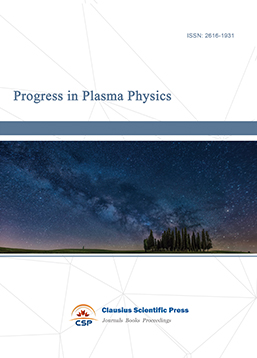
-
Combinatorics and Graph Theory
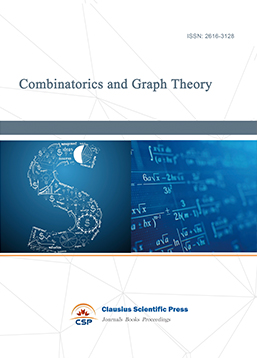
-
Research and Practice of Mathematics & Statistics
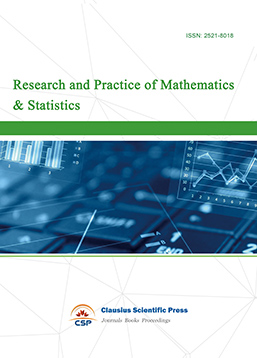
-
Nuclear Techniques and Applications
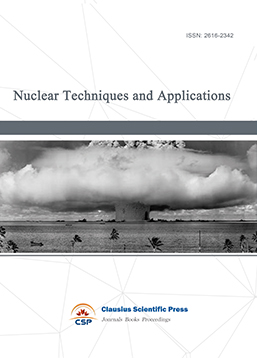
-
Journal of Photonics Research
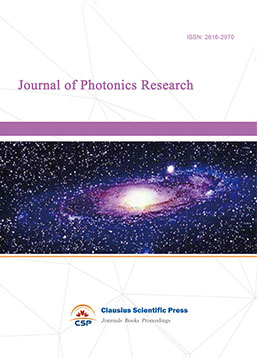
-
Journal of Compressors and Refrigeration
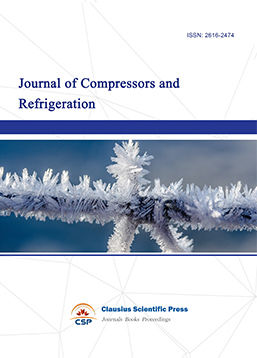
-
Journal of Theoretical Physics Frontiers
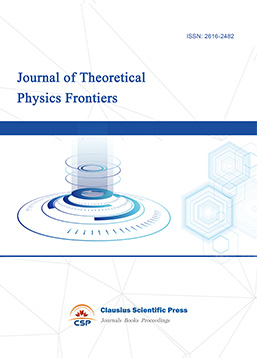
-
Journal of Nonlinear Science and Complexity
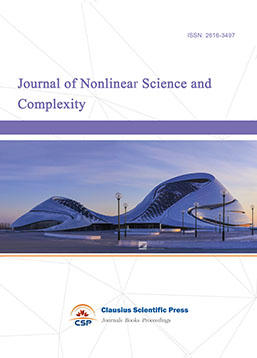
-
Vacuum Science Journal
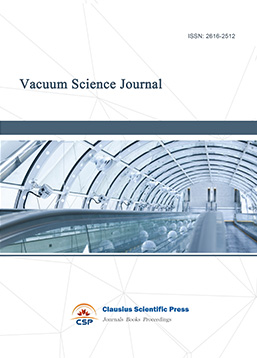
-
Computational Fluid Dynamics
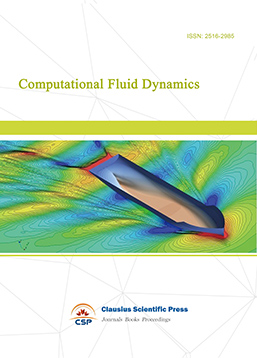

 Download as PDF
Download as PDF